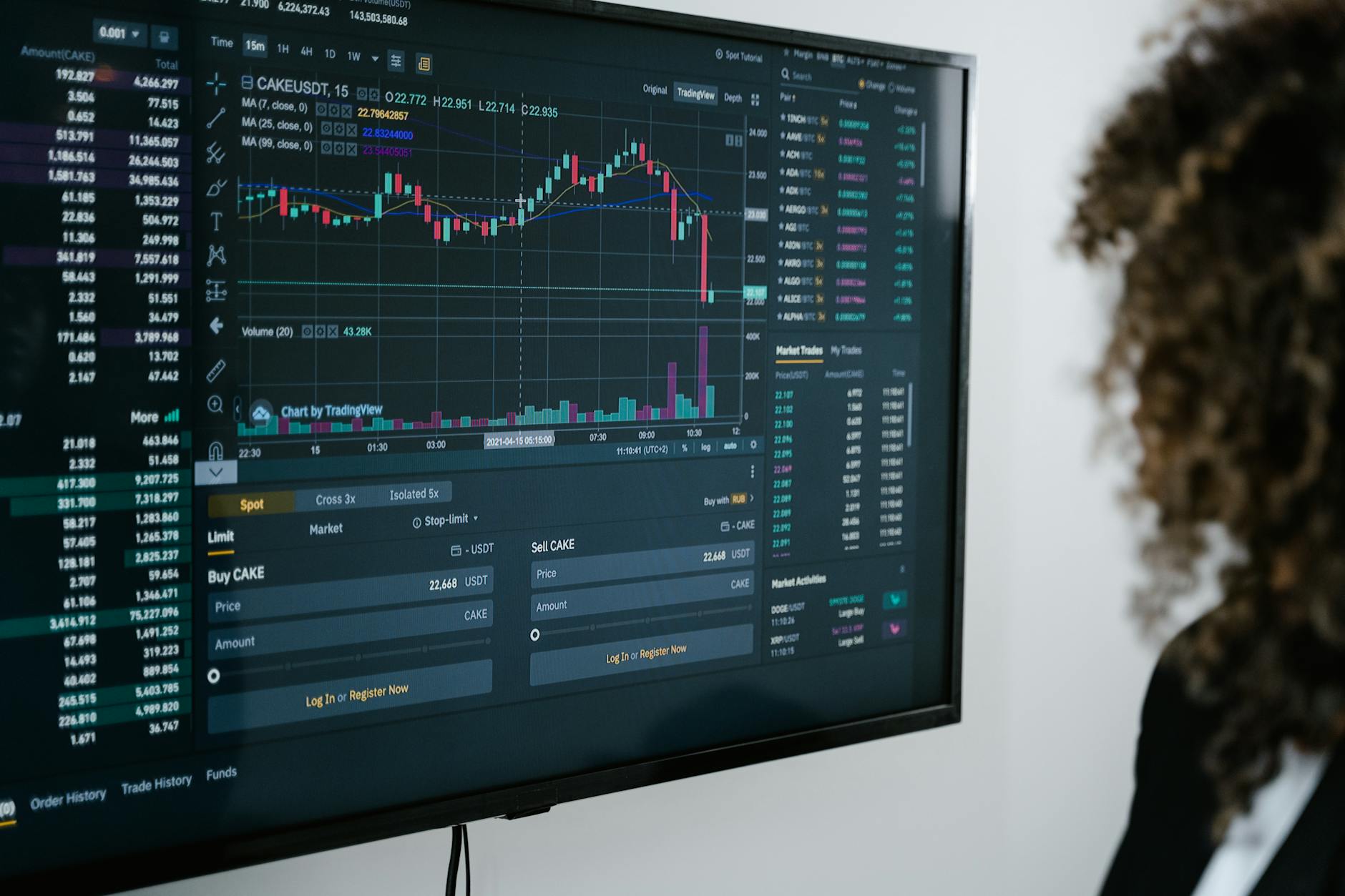A Shifting Tide? Trump’s Ukraine Pledge Sparks Hope and Uncertainty in Europe
Former President hints at significant aid, but troop deployment question looms large over trans-Atlantic relations.
In a development that has sent ripples of both anticipation and apprehension across the global stage, former U.S. President Donald Trump met with Ukrainian President Volodymyr Zelensky and several European leaders at the White House, pledging a “lot of help” for Ukraine. While specific details remain scarce, Trump’s pronouncements have ignited a fervent debate about the future of American support for Kyiv amidst the ongoing conflict with Russia. Crucially, Trump did not dismiss the possibility of deploying U.S. troops to Ukraine, a statement that has particularly drawn sharp attention from allies and adversaries alike.
The meeting, held amidst a backdrop of escalating international tensions and the persistent specter of Russian aggression, provided a platform for discussions on crucial geopolitical strategies and the enduring needs of Ukraine. While the former president’s rhetoric often diverges from established diplomatic norms, his pronouncements carry significant weight, particularly given the unpredictable nature of U.S. foreign policy shifts.
Context & Background
The current phase of the Russia-Ukraine conflict, which began with Russia’s full-scale invasion in February 2022, has seen Ukraine receive substantial military, financial, and humanitarian aid from a coalition of Western nations, led prominently by the United States. This support has been instrumental in Ukraine’s ability to resist Russian advances and reclaim territory. The Biden administration has consistently affirmed its commitment to Ukraine’s sovereignty and territorial integrity, providing advanced weaponry and imposing sanctions on Russia.
However, the political landscape within the United States has been dynamic. As the next presidential election approaches, the extent and nature of future U.S. involvement in international conflicts, including Ukraine, have become subjects of intense debate. Certain political factions have expressed concerns about the financial burden of sustained aid and the potential for direct confrontation with a nuclear-armed Russia. Conversely, others emphasize the moral imperative to support a democratic nation under siege and the strategic importance of preventing further Russian expansion.
The meeting with President Zelensky and European leaders signifies a pivotal moment. For Ukraine, this engagement represented an opportunity to directly appeal to a figure who could potentially shape future U.S. policy, regardless of his current electoral status. For European leaders, the discussions were likely aimed at fostering a unified front and seeking assurances of continued American engagement, a cornerstone of NATO’s collective security. The presence of European leaders underscores the interconnectedness of the Ukraine conflict with broader European security architecture and transatlantic relations.
The historical context of U.S. involvement in European security, particularly through NATO, is significant. Following World War II, the United States played a crucial role in rebuilding Europe and establishing security alliances designed to deter Soviet influence. The current conflict has, in many ways, revitalized these alliances and reaffirmed the strategic importance of American leadership in maintaining peace and stability on the continent. Trump’s past presidency saw periods of both strong support for NATO and also expressed skepticism about its efficacy and cost to the United States, adding a layer of complexity to his current pronouncements.
Furthermore, the economic implications of the conflict are far-reaching, impacting global energy markets, supply chains, and international trade. European nations, in particular, have borne significant economic consequences due to their proximity to the conflict and their reliance on Russian energy sources. Any shift in U.S. policy could have profound ripple effects on these economic realities.
In-Depth Analysis
Donald Trump’s pledge of “a lot of help” to Ukraine, while seemingly positive on its surface, requires careful deconstruction, particularly in light of his past foreign policy pronouncements and the significant implication of not ruling out U.S. troop deployment. His approach to foreign policy has often been characterized by a transactional, “America First” philosophy, prioritizing perceived national interests and often questioning the value of long-standing alliances.
The phrase “a lot of help” is intentionally vague. During his presidency, Trump often employed broad, sweeping statements without providing concrete policy details. This ambiguity can be interpreted in several ways. It could signal a genuine willingness to significantly increase or alter the nature of U.S. support, potentially through faster delivery of advanced weaponry, increased financial aid, or even a more direct U.S. role in diplomatic negotiations. Alternatively, it could be a rhetorical flourish designed to project strength and project an image of decisive leadership, without a firm commitment to specific actions.
The most striking aspect of the report is Trump’s refusal to “rule out the possibility of sending U.S. troops to Ukraine.” This statement stands in stark contrast to the current Biden administration’s policy, which has been to provide extensive support to Ukraine but to avoid direct military engagement between U.S. and Russian forces due to the catastrophic potential of such a confrontation. NATO, as an organization, also maintains a policy of not directly intervening militarily in Ukraine, focusing instead on providing support to a non-member state.
The deployment of U.S. troops, even in a non-combat role, would dramatically alter the geopolitical calculus. It could be seen by Russia as a direct provocation, potentially escalating the conflict to an unprecedented level. For NATO allies, such a move would raise complex questions about alliance cohesion, mutual defense commitments, and the potential for NATO to be drawn into a direct conflict with Russia. While some European leaders might welcome a stronger U.S. military presence on the continent, others would likely harbor deep reservations about the risks involved.
Trump’s past rhetoric regarding NATO has been critical, often questioning the value of mutual defense commitments and urging member states to increase their own defense spending. If he were to pursue a policy of direct troop involvement in Ukraine, it would likely be accompanied by a re-evaluation of these alliances and a demand for greater burden-sharing. European leaders would likely seek to understand how such a deployment would align with NATO’s Article 5 mutual defense clause, which is triggered by an attack on a member state, not on a non-member like Ukraine.
The political motivations behind Trump’s statements are also a crucial element of analysis. As a potential presidential candidate, his pronouncements on foreign policy are designed to appeal to a specific segment of the electorate that may be weary of prolonged international commitments or eager for a more assertive, unilateralist approach. His focus on a swift resolution to conflicts, often through direct negotiation, is a recurring theme in his political discourse.
The meeting itself, bringing together Trump, Zelensky, and European leaders, suggests an attempt to shape the narrative and potentially influence ongoing diplomatic efforts. President Zelensky’s presence is a clear indication of Ukraine’s urgent need for continued and potentially expanded international support. European leaders, by participating, are signaling their interest in understanding and potentially aligning with future U.S. policy directions, particularly concerning regional security.
The ambiguity surrounding “a lot of help” and the troop deployment issue creates a climate of uncertainty. For Ukraine, this could mean renewed hope for robust support, or it could signal a shift towards a more transactional relationship where aid is contingent on specific U.S. interests being met. For Russia, these statements could be perceived as a sign of potential Western division or a willingness to engage in more direct confrontation, depending on how they are interpreted and acted upon.
The implications for international law and the established norms of warfare are also relevant. Any deployment of foreign troops, even with the consent of the host nation, would be scrutinized under international legal frameworks. The potential for escalation and the broader implications for global security would be paramount considerations.
In essence, Trump’s words, while offering a glimmer of increased assistance, also introduce a significant degree of unpredictability. The strategic advantage of such ambiguity could be to keep adversaries guessing, but it also risks alienating allies who rely on clear and consistent commitments. The coming months will be crucial in discerning the substance behind these pronouncements and their impact on the trajectory of the war in Ukraine and transatlantic relations.
Pros and Cons
Pros of Trump’s Pledge of “A Lot of Help” and Potential Troop Deployment:
- Increased Aid and Resources for Ukraine: A significant increase in U.S. military and financial aid could bolster Ukraine’s defense capabilities, potentially leading to a stronger negotiating position or even a decisive shift on the battlefield.
- Deterrent Effect on Russia: The prospect of direct U.S. military involvement, even if not explicitly stated as combat, could serve as a powerful deterrent against further Russian aggression, particularly if it signals a broader willingness for direct confrontation.
- Strengthened Transatlantic Alliance (Potentially): If Trump’s engagement leads to a renewed U.S. commitment to European security, it could revitalize the transatlantic alliance, provided there is alignment on strategy and burden-sharing.
- Swift Resolution of Conflict: Trump’s transactional approach could potentially lead to faster-paced negotiations or a more direct intervention aimed at achieving a quicker resolution to the conflict, which could save lives and resources.
- Leverage in Negotiations: The possibility of U.S. troop deployment could be used as a significant bargaining chip in diplomatic negotiations with Russia, potentially forcing concessions.
Cons of Trump’s Pledge of “A Lot of Help” and Potential Troop Deployment:
- Risk of Direct Conflict with Russia: The deployment of U.S. troops, even in advisory or support roles, significantly increases the risk of direct confrontation between NATO and Russia, potentially leading to a wider, catastrophic war.
- Alienation of Allies: Trump’s past rhetoric and potential unilateralist approach to foreign policy could alienate key NATO allies who may not agree with a more aggressive stance or who fear being drawn into a conflict.
- Uncertainty and Instability: The ambiguity of “a lot of help” and the troop deployment question can create significant uncertainty for Ukraine and its allies, undermining long-term planning and strategic cohesion.
- Escalation of the Conflict: Russia could interpret U.S. troop presence as a direct act of war, leading to a severe escalation of military actions, including the potential use of unconventional weapons.
- Domestic Political Division: Such a policy shift could exacerbate existing political divisions within the United States regarding foreign intervention and the allocation of national resources.
- Undermining International Norms: A U.S. troop deployment without broad international consensus or clear legal justification could be seen as a departure from established international norms and could set a dangerous precedent.
- Economic Ramifications: Increased U.S. military involvement could lead to significant economic costs for the United States, potentially diverting resources from domestic priorities.
Key Takeaways
- Former President Donald Trump has pledged “a lot of help” for Ukraine during a meeting with President Zelensky and European leaders.
- Significantly, Trump did not rule out the possibility of sending U.S. troops to Ukraine, a statement that marks a departure from current U.S. policy.
- The nature and extent of this “help” remain unspecified, creating a degree of ambiguity and uncertainty regarding future U.S. support.
- The potential deployment of U.S. troops carries substantial risks of direct conflict with Russia and could strain relationships with NATO allies.
- Trump’s pronouncements reflect his distinct foreign policy approach, which often prioritizes transactional relationships and a questioning of traditional alliances.
- European leaders’ participation in the meeting highlights their keen interest in understanding and potentially influencing future U.S. policy towards Ukraine and broader European security.
- The development underscores the ongoing debate within the U.S. about the scope and nature of its international commitments and the strategic implications of the Russia-Ukraine war.
Future Outlook
The immediate future will likely be characterized by intense diplomatic maneuvering and speculation as both allies and adversaries seek to interpret and respond to Trump’s statements. For Ukraine, the hope is that this engagement will translate into tangible, increased support, regardless of who occupies the White House in the future. The Ukrainian government will undoubtedly continue to lobby for advanced weaponry, financial assistance, and assurances of long-term security.
For European nations, the focus will be on maintaining a unified front and ensuring that any shifts in U.S. policy do not undermine the collective security architecture of NATO. Discussions will likely center on burden-sharing, coordinated diplomatic strategies, and contingency planning for various scenarios, including potential escalations. The strategic decision-making of European leaders will be crucial in navigating this potentially shifting landscape.
Russia’s reaction will also be a critical factor. Moscow will be closely observing the clarity and consistency of U.S. policy and the cohesion of the Western alliance. Any perceived division or wavering in support for Ukraine could be exploited by Russia to advance its strategic objectives. Conversely, a clear and unified response from the U.S. and its allies could serve as a powerful deterrent.
The upcoming U.S. presidential election cycle will undoubtedly cast a long shadow over these discussions. The political rhetoric and policy proposals put forth by candidates will shape the discourse on foreign aid and international engagement. The extent to which Trump’s statements translate into concrete policy will depend heavily on the electoral outcomes and the prevailing political winds in the United States.
Ultimately, the long-term outlook for Ukraine’s security and the stability of the European continent will be significantly influenced by the decisions made in Washington and the collaborative responses of its allies. The complex interplay of geopolitical interests, military capabilities, and diplomatic strategies will continue to shape the trajectory of this critical conflict.
Call to Action
In light of these developments, it is imperative for citizens and policymakers alike to engage in informed and nuanced discussions about the future of U.S. foreign policy and its implications for global stability. Understanding the complexities of the Russia-Ukraine conflict, the nuances of international relations, and the potential consequences of different policy choices is crucial.
We encourage readers to:
- Seek out diverse and credible news sources: To gain a comprehensive understanding of the situation, it is important to consult a variety of perspectives, including those from international organizations and independent analysts.
- Engage in informed dialogue: Discuss the implications of these developments with peers, colleagues, and elected officials, fostering a climate of critical thinking and reasoned debate.
- Support organizations providing humanitarian aid: Many organizations are working on the ground to provide essential support to those affected by the conflict. Consider contributing to reputable humanitarian efforts.
- Advocate for diplomatic solutions: While military support is crucial, diplomatic avenues for de-escalation and a peaceful resolution of the conflict should always be a priority.
- Hold elected officials accountable: Encourage transparency and accountability in foreign policy decision-making, ensuring that policies are developed with careful consideration of all potential consequences.
The decisions made in the coming months will have a profound and lasting impact on Ukraine, Europe, and the global order. A commitment to informed engagement and responsible action is paramount.
For further information and official statements, please refer to the following resources:









